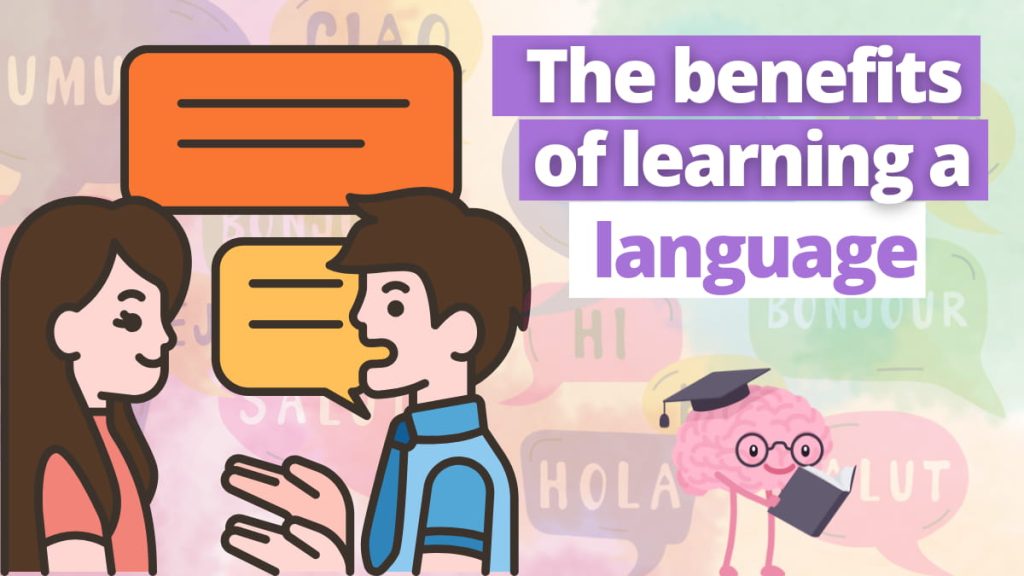In this Spanish for Educators lesson, you will learn how to give commands in Spanish. When we think of common classroom management phrases used in the classroom, many of them are in the command form. Let’s jump in…
In this Spanish for Educator lesson you will learn:
- Repaso de los mandatos: A review of how to form commands in Spanish
- Instrucciones – toda la clase: Common commands when speaking to the whole class.
- Instrucciones – en grupos : Common commands when speaking to groups
Here is the Commands and Classroom Management in Spanish lesson that I taught on YouTube and to our Facebook group:
Subscribe to our YouTube Channel to see all of our lessons and get the latest videos right away!
Los Mandatos – Commands
In this section review how to form commands in the “tú” form and the “Usted” and “Ustedes” form.

Tú Afirmativo – How to form affirmative commands in the “Tú” form
Put verb in present tense Usted form.
Examples:
- Comer—> come
- Acomodar —> Acomoda
Tú Negativo – How to form negative commands in the “Tú” form
- Put verb in the present tense “YO” form
- Drop the -O
- Add the following endings:
- AR = es
- ER/IR = as
Examples:
- Comer–> Yo Como–> No comas – Don’t eat
- Poner–> Yo pongo–> No pongas – Don’t put
How to form Usted / Ustedes commands
- Put the verb in the present tense “Yo” form
- Drop the -O
- Add the following endings:
- AR = e / en
- ER/IR = a /an
Examples:
- To write: Escriba (You) / Escriban (You all)
- To read: Lea (You) / Lean (You all)
Los Mandatos Irregulares – Irregular Commands
| English | Infinitive | Spanish (Tú) |
| To say / tell | Decir | Di |
| To go out | Salir | Sal |
| To do / make | Hacer | haz |
| To be | Ser | sé |
| To go | Ir | ve |
| To have | Tener | ten |
| To put | Poner | pon |
| To come | Venir | ven |
Usted / Ustedes Commands
| English | Infinitive | Usted / Ustedes |
| To have | Haber | Haya / Hayan |
| To go | Ir | Vaya / Vayan |
| To know | Saber | Sepa / Sepa |
| To be | Ser | Sea / Sean |
| To give | Dar | Dé / Den |
| To be | Estar | Esté / Estén |
Verbs ending in -CAR, -GAR, -ZAR
These verbs require spelling changes in order preserve pronunciation.
- CAR: C changes to QU
- tocar – no toques
- GAR: G changes to GU
- llegar – no llegues
- ZAR: Z changes to C
- Empezar – no empieces
Mandatos con pronombres – Commands with Pronouns
Affirmative commands pronouns
| Spanish | English |
| Ponlo | Put it on |
| Hazlo | Do it |
| Siéntate | Sit down |
| Levántate | Get up / stand up |
Negative commands pronouns
| Spanish | English |
| No lo pongas | Don’t put that on |
| No lo hagas | Don’t do it |
| No te sientes | Don’t sit down |
| No te levantes | Don’t stand up / get up |
Check out These Videos…
Instrucciones para toda la clase -Instructions for the Whole Classroom
1. ¿Puedo ir al baño? – Can I go to the bathroom?

Agarrar: to get, grab, obtain
- Tú = Agarra el pase para ir el baño
- Ustedes = Agarren el pase para ir el baño
2. ¿Dónde entrego la tarea? – Where do I turn in my homework?

Entregar: to turn in
- Tú = Entrega la tarea en la canasta
- Ustedes = Entreguen la tarea en la canasta
3. Hacer filas – Queuing up / lining up

Ponerse: to put yourself…
- Ponte en fila para el almuerzo
- Pónganse en fila para el almuerzo
4. ¿Cómo actuamos cuando entramos a clase? – How do we act when we walk into class?
- Entren a la clase y empiecen el trabajo de la mañana
- “Hazlo ahora” – Anticipatory set
- Cuando terminen, pueden ____
5. Think – Pair- Share
Piensa, júntate y comparte
6. Más instrucciones – More Instructions
| Spanish | English |
| Saquen los libros, portapapeles, carpetas | Take out the books, clipboard, folders |
| Abran los libros, las novelas, los cuadernos en la página | Open the books, the novels, the notebooks on the page |
| Levántense | Get up |
| Siéntense | Sit down |
| Miren la pizarra | Look at the whiteboard |
| Presten atención | Pay attention |
| Habla con tu compañero (turn & talk) | Talk to your peer |
| Trabajen en grupos | Work in groups |
| Expliquen lo que están pensando | Explain what you’re thinking |
| Trabajen independientes | Work independently |
| Usen los detalles del texto | Use the details in the text |
| Usen el contexto | Use the context |
7. Trabajo de Estaciones – Station Work
- Es hora de rotar o roten
- Cambien estaciones
- Pónganse en grupos de tres
Trabajo de grupos – Work Groups

- Get along – Llévense bien
- Respect others – Respétense unos a otros
- On task behavior – Enfóquense
- Use quiet voices – Hablen en voz baja
- Participate – Participen
- Stay in your group – Quédense en sus grupos
We want to know…Comment below–>What are the commands you often use in your classroom. Let us know in English or Spanish in the comment section below!
¡Te toca a tí!
Your action steps:
- When considering these topics, what vocab. phrases do you specifically need to know?
- Subscribe to our YouTube Channel
- Carve out an hour each week to watch the lesson and study
- Interact – We want your feedback…What was helpful? Comment in this FB group, on my blog, or on YouTube videos
Now it’s your turn! I packaged all of this vocabulary in Spanish into some flashcards for you to study.
Download the lesson notes and start creating your own sentences using this new vocabulary in Spanish and share them on the comments below or in our Facebook group to receive feedback from other Spanish learners ?




